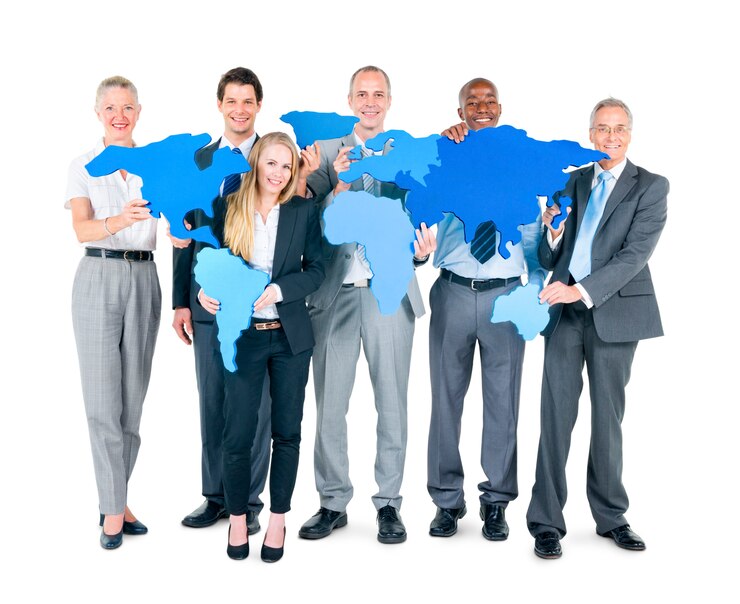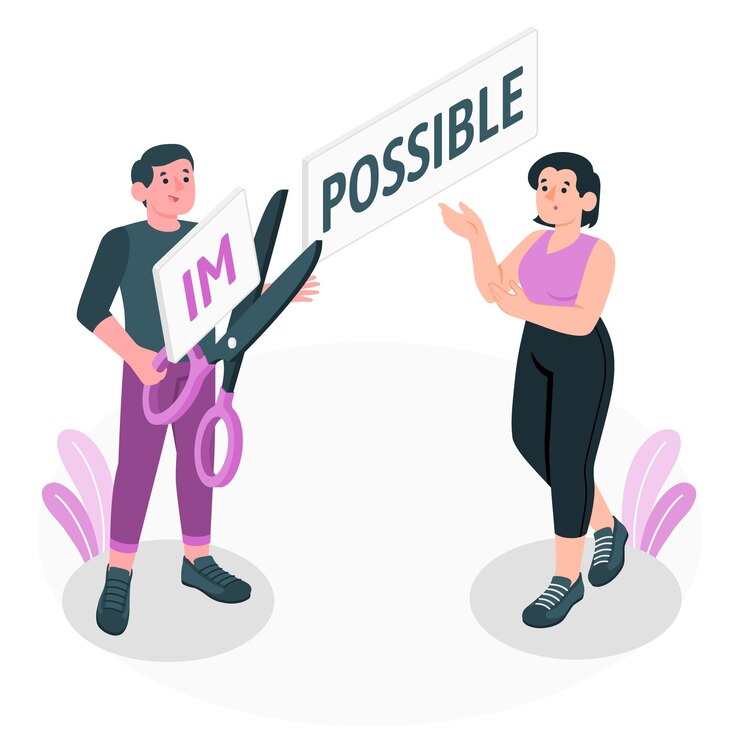Disable people working on microsoft project for nonprofits
Disable people working on microsoft project for nonprofits
Submit your Nominations for Country Director on info@aiuno.org
Empowering and supporting individuals with disabilities in nonprofit organizations through Microsoft Project for Nonprofits is a crucial endeavor. Here are some ways in which nonprofit organizations can work towards including and supporting disabled individuals in their projects:
- Accessibility Initiatives:
- Ensure that your organization’s digital resources, websites, and software are accessible to people with disabilities. Microsoft provides tools and guidance for creating accessible digital content.
- Assistive Technology Training:
- Provide training and resources to help disabled individuals effectively use assistive technologies, such as screen readers, voice recognition software, and adaptive input devices, to access technology and participate in your projects.
- Flexible Work Arrangements:
- Offer flexible work arrangements, such as remote work options, adjustable work hours, and accessible workspaces, to accommodate the needs of disabled employees or volunteers.
- Inclusive Hiring Practices:
- Implement inclusive hiring practices that consider the skills and talents of disabled individuals and create a diverse and inclusive workforce. Microsoft offers resources on inclusive hiring.
- Accessible Communication:
- Ensure that all communication materials, both internal and external, are accessible. This includes providing alternative formats for written materials and using accessible multimedia content.
- Training and Skill Development:
- Support disabled individuals in gaining the skills and knowledge needed for their roles. Microsoft’s resources, such as online training courses, can be valuable for skill development.
- Mentorship and Support Networks:
- Establish mentorship programs and support networks that connect disabled individuals with peers and mentors who can offer guidance and encouragement.
- Accessible Meetings and Events:
- Host meetings, events, and webinars that are fully accessible to individuals with disabilities. This includes providing sign language interpreters, closed captioning, and accessible materials.
- Adaptive Technology Implementation:
- Leverage Microsoft’s technology solutions to provide adaptive tools and features that facilitate the participation of disabled individuals. For example, Microsoft Office has built-in accessibility features.
- Disability Awareness Training:
- Offer disability awareness training for all employees and volunteers to promote understanding, inclusion, and the removal of barriers.
- Reasonable Accommodations:
- Ensure that your organization is prepared to provide reasonable accommodations, as required by law, to meet the specific needs of disabled individuals in the workplace.
- Advocacy and Policy Change:
- Collaborate with disabled individuals and advocacy groups to work towards policy changes and advocate for the rights and inclusion of people with disabilities.
- Feedback and Continuous Improvement:
- Seek feedback from disabled individuals within your organization to continuously improve your accessibility efforts and ensure their needs are met.
Including disabled individuals in your nonprofit’s projects is not only a matter of social responsibility but also an opportunity to tap into a diverse pool of talent and perspectives. Microsoft Project for Nonprofits can be a valuable tool in advancing these efforts, both in terms of technology accessibility and organizational support.
Climate solutions accelerator program
American jewish world services
Women’s peace and humanitarian fund
Business plan tools for startups
Internally displaced persons ukraine






Leave a Reply